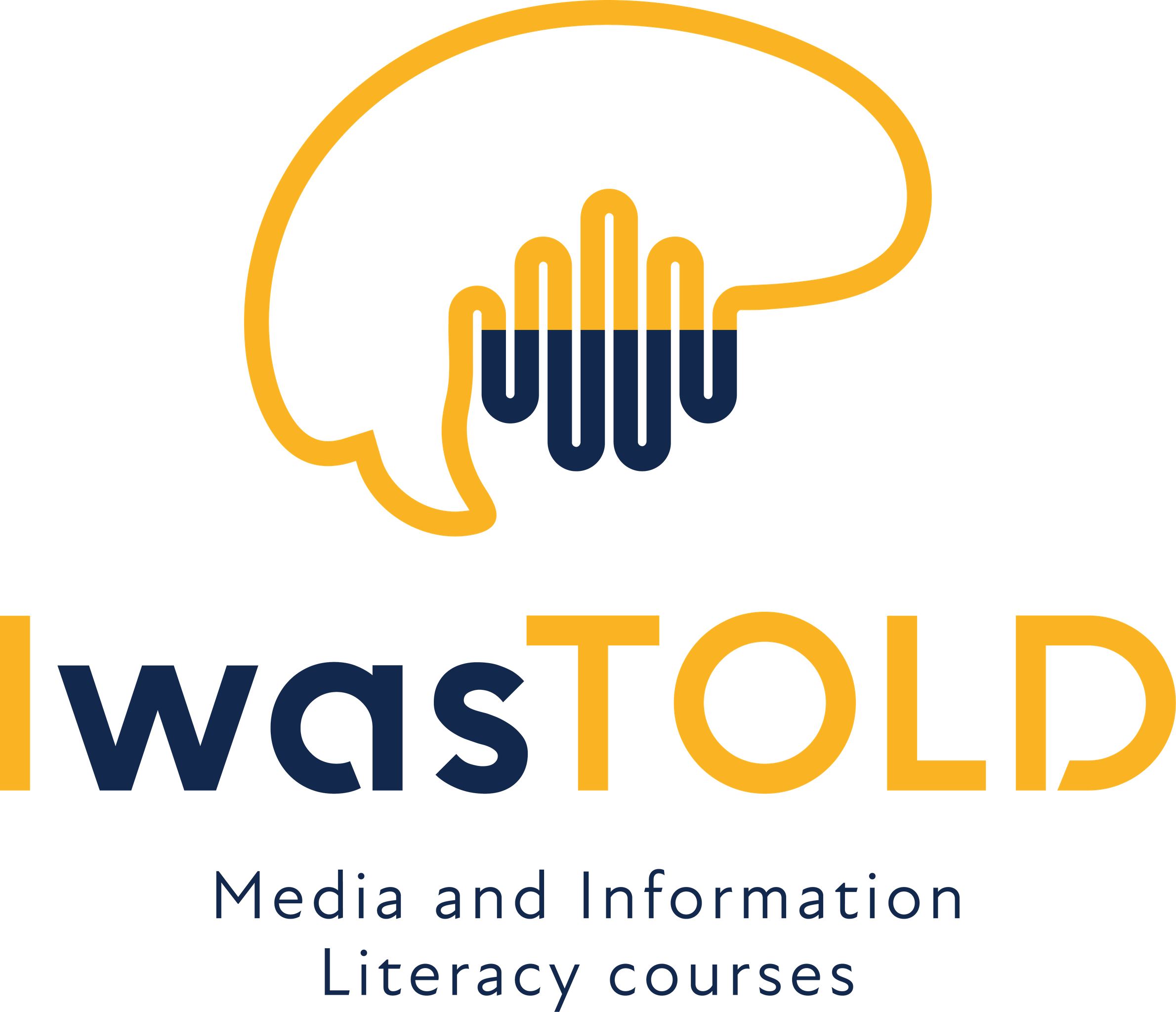3. CLASSICAL AND DATA STORYTELLING
-
Storytelling: narrative structures7 Topics|4 Quizzes
-
Language of media6 Topics|3 Quizzes
-
Storytelling With Data II. - Digital investigations in an era of data-driven journalism7 Topics|4 Quizzes
-
Infographics - Present statistics beautifully7 Topics|3 Quizzes
-
Charts in a website - Hack web developer tools for your stories7 Topics|3 Quizzes
-
Introductory to lesson
-
Creating a website is a personal way to become involved in a subject as well as a creative gesture
-
Make the most compatible as possible subject and aesthetic of your website through Google Sites
-
How be professional and have validity in publication?
-
Final Exercise of the whole lesson
-
Feedback on exercise
-
Additional learning material
-
Introductory to lesson
-
Online GIS6 Topics|2 Quizzes
-
Media analyses8 Topics|4 Quizzes
-
Using Piktochart to create infographics7 Topics|3 Quizzes
Participants14
Data is beautiful – it can inspire, improve lives and bring out the best in people. 🔖🪄
Data visualization is the creation of visual representations of data. These representations clearly communicate insights from data through charts and graphs. In terms of business intelligence (BI), these visualizations help users make better data-based decisions.
“To create architecture is to put in order. Put what in order? Function and objects.”– Le Corbusier
Le Corbusier was one of the greatest architects of the 20th Century. He intuitively understood how to reduce everything to its simplest and most elegant form without ever sacrificing what mattered most: the purpose of each creation and how people interact with the space around them.
Data visualization is a lot like architecture. When figuring out how to display data, you need to start with the function (the trend, pattern, or vital piece of information you’re trying to impart at a glance), then consider the user (how they navigate and interact with the data), and only then do we reach the final step: making it as clean and beautiful as possible.
